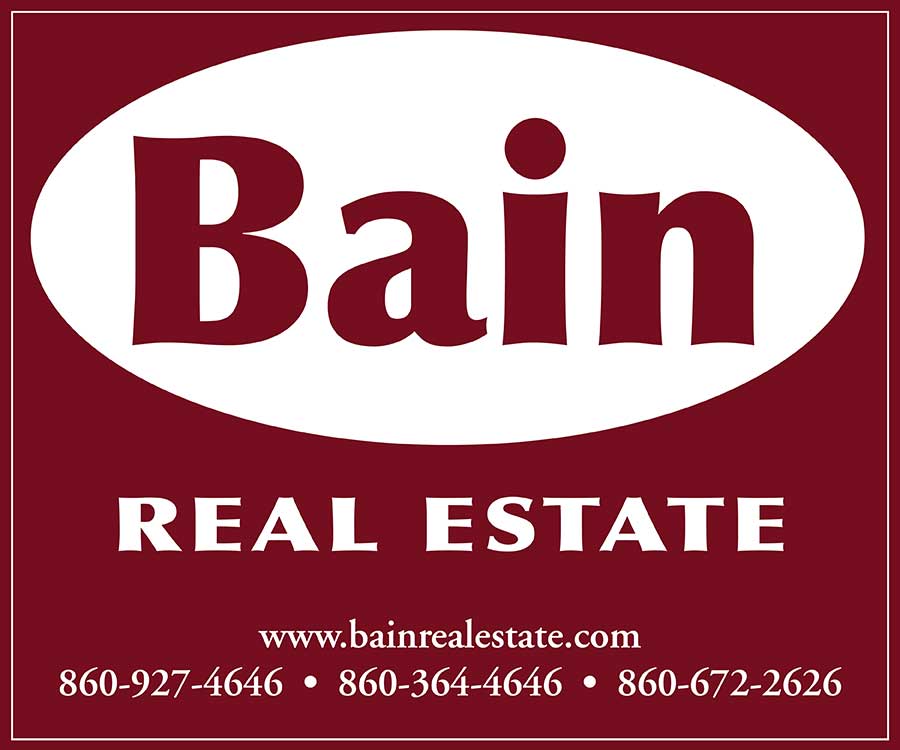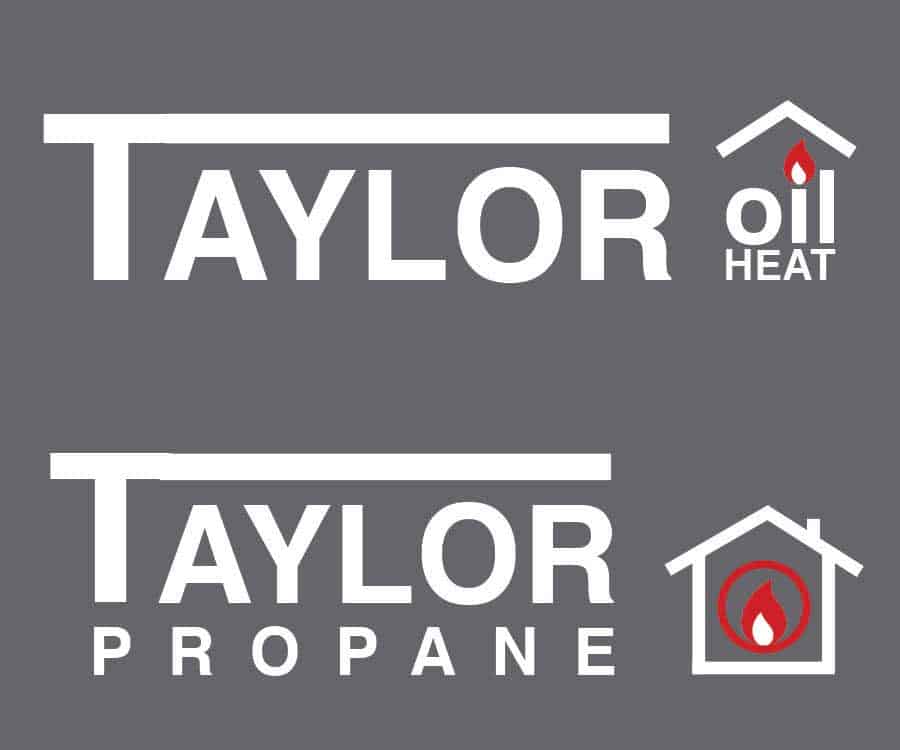Real Estate

What to Expect from Home Inspections
Recently I reviewed an inspection report for a client that included a check “yes” by washer and dryer where none existed. It made me wonder how carefully the client had looked at this document. Inspection reports are usually a necessary part of the selling and purchasing process, but what do they really tell you? How can you get your money’s worth?
You’re paying for this. A pre-sale inspection paid for by the seller will identify issues that should be addressed before putting a house on the market.
A prepurchase inspection paid for by the buyer will not only alert new owners to potential problems but can also guide renovation and maintenance going forward.
Seller beware
Increasingly serious sellers and real estate brokers who list properties want to know what a home inspection might reveal before a house is put on the market. This provides the seller with the opportunity to repair minor issues that might discourage buyers before listing, or explain conditions that buyers might accept. This type of pre-inspection gives the sellers’ broker confidence in representing the property and can speed up the time to close. If the purchase requires bank financing the buyer will still have to arrange and pay for another inspection, but a cash buyer might move forward on the basis of an initial inspection and what has been done to correct any problems. If you can correct and identify the results of an inspection up front, contentious negotiations can be avoided. Keep in mind that such a report could be a double-edged sword if it reveals material problems, which, once you have knowledge of them, must be revealed to any buyers.
Buyer be smart
Interview several home inspectors before you select one you feel most comfortable with. Usually your broker will have several to select from or check on the internet. Ask about their experience, cost, and availability. Home inspectors usually have a background in construction and can educate clients about current and potential problems with a property. Check their website. Be sure to ask for references, insurance coverage, and perhaps a sample report.
Expect to sign a state-approved home inspection agreement which details the scope and limits of the inspection – engineering, architecture, plumbing are typically not included. Radon reading and water quality testing are usually add-ons. Prior to inspection day buyers should do their own inspection walkthrough to identify issues that should be pointed out to the inspector. When the day of the inspection comes, the buyer and the buyer’s broker should be there – the seller should not be, but available by phone for any questions. Often the seller’s listing broker is there as well – both to address questions, help out, and provide security. Check the owner’s disclosure report for additional questions you might have.
Typically a house inspection will start from the outside observing conditions around the house, land, drainage, siding, the roof, and then move inside. After completing the assessment the inspector will normally walk through the property and explain his initial findings. All of this will take several hours. Expect to receive a written report with photographs a few days later. Any major concerns and potential safety hazards should be highlighted.
Read the report completely and thoroughly and if something needs to be clarified contact the inspector immediately and ask. Start with the summary at the front, look for the redlined conditions throughout, look carefully at photos, and read the detail. Often an element can be reported as satisfactory BUT comments and photos indicate damaged areas.
There can also be language about what was not checked.
For example, a simple sentence like this one: “Some wall, floor, and other surfaces were obscured by furniture and/or stored items, preventing a full evaluation of some areas.” You might want to ask the owner to move these items for a closer look. Or similarly: “The inspector was unable to evaluate the attic, and it is excluded from this inspection. The possibility of extensive costs associated with undiscovered problems exists.”
Talk to the realtor representing you about how to address any concerns you have given the report. Be reasonable and keep in mind that no inspection report or house gets a 100%. If there are major flaws that the inspection reveals you may want to back out of the deal or ask for seller concessions. It’s also a sensible idea to do a pre-closing walk through yourself with the inspection report in hand to make sure you understand the inspector’s findings.
Inspectors always find something
There is no perfect inspection, or a passed inspection. Inspectors identify potential safety and maintenance issues, which the seller may or may not be willing to address. No one is required to remedy issues found in an inspection and don’t expect an inspector to give you estimates of how much anything would cost to repair or replace. Based on their finding you might want to return with a window company or a contractor to get a sense of how much what you would like to do would cost. Further, inspectors do not comment on aesthetics or make style judgments. But there are certain findings that appear in almost every inspection report:
- Attic pull down stairs improperly installed
- Exterior door locks with improperly installed deadbolts – and they will always tell you to change the locks
- Not enough insulation in the attic
- Inadequate smoke and CO2 alarms
- Electrical issues, which can be serious or easily repaired
- Deck/porch structure, hand rails and guardrails
- Gutters and down spouts improperly installed
- Overhanging trees and vegetation, too many plants too close to the house
- Grading around the house
What don’t they check for?
There are many issues that home inspectors simply do not cover and will not be in the final report. They spot check windows and electrical outlets – not every one. They do not check for pests. So if you see signs of cockroaches, termites, squirrels, bats, etc. you should hire a certified pest inspector to take a closer look.
They are not licensed plumbers and will only identify visible issues that you may have noticed yourself like a leak under the sink, outdated plumbing or a loose toilet seal. Septic inspections and pumping septic tanks are handled separately. Some inspectors are licensed mold inspectors, but a mold inspection comes with an additional cost.
Here’s a caveat from a recent report: “Concerning mold in a home/building. While we will report any substance that appears to be mold, the only true way to determine if mold is present is to have a mold company/specialist inspect and test for mold. Any mention of mold in this report should be considered a recommendation to bring in a mold specialist.”
If your house has an in-ground swimming pool, a pool expert should check it, including pool permits and maintenance records.
Appliance performance is not part of the inspection. You may want to do a load of laundry or test the dishwasher to see if they work. The inspection of the roof may be done from the ground, and depending on weather conditions, roof problems may not be visible. If it’s not a newish roof you may want to have a roofer inspect it and give you an estimate for repairs or replacement. They will usually do a site visit and an estimate for free. Remember that inspectors only look at what is in plain view. They do not move furniture; look in the back of closets or into crawl spaces.
As you read the report watch out for the “not inspected.” For example exterior hose bibs because it’s winter, or gas range not tested because there’s no propane in the tank. Also remember that the inspector is looking for serviceability not the quality of the finishes. For example a kitchen counter top may have a check, but there may not be an indication of whether it’s butcher block, Formica, or marble. There probably won’t be an indication of whether kitchen cabinets are custom made of solid wood or whether interior doors are solid wood, hollow core, or plastic. If there is carpeting often you don’t know what material it is or what’s underneath.
Note that many conditions are not specified. How many windows did they check? How many electrical outlets were actually tested? What does a random sampling mean? Does the sliding door actually slide?
How do they inspect? How much does it cost?
Every inspector works from a standard template checklist of items. Also included in the report are all the things the inspector did NOT check. Known as “Limitations of Inspection,” this is the caveat that “inspection should not be considered a guarantee or warranty of any kind.”
Standard home inspections before add-ons like radon, water quality, mold, and pests will generally run around $500 to $750 dollars and up depending on size and location of house. They are a valuable tool in assessing what might be the largest investment of your life. You should read them carefully, understand their limitations, and seek more information if necessary.






